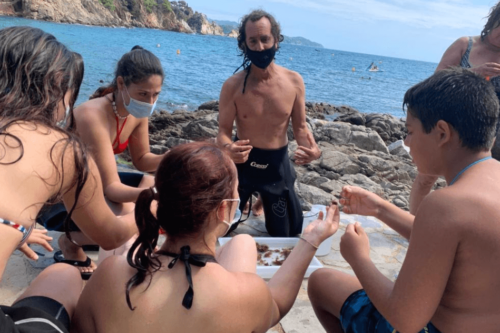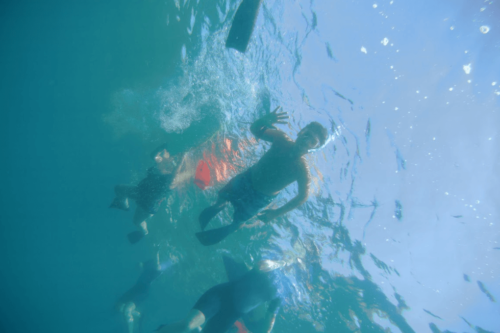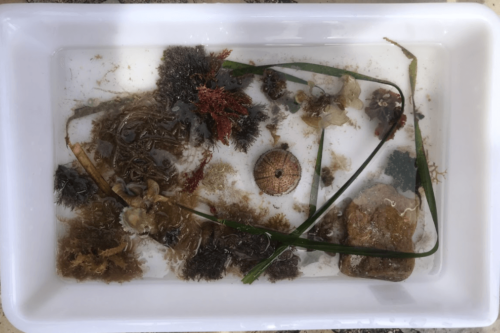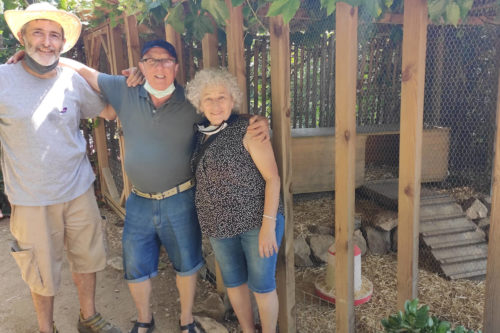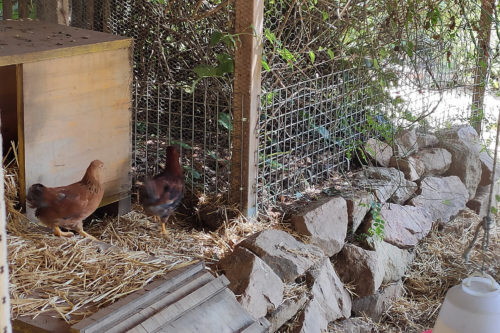Tag: biodiversitat
The new inhabitants of Marimurtra
The Marimurtra Botanical Garden contains an organic garden (specifically, in the 2nd Garden) where visitors can see and learn about horticultural varieties in our area that, for various reasons, have ceased to be present in the market or are in danger of disappearing. This organic garden is complemented by a chicken coop as a sign of the importance of biodiversity and the systems of relationships that have been created since ancient times between humans, animals and plants.
Since this past weekend, three new hens have been living in this fantastic chicken coop specially designed for the Marimurtra vegetable garden. The three hens are currently about two months old and were given to us by Joan Borrell, from Vilobí d’Onyar, who takes care of chickens of this species and others in danger of extinction in his orchard. The three hens belong to the Empordà breed, a breed that is native to our country and comes in three different forms: red, white and partridge. The three hens that can now be seen in Marimurtra are of these three types.
Apart from being an important part of the small ecosystem that has been created in Marimurtra and that relates the garden to pets, chickens and hens are an attraction that excites the little ones in the family and offers the opportunity to be able to explain (to young and old) why to have a vegetable garden that is cared for without using synthetic chemicals and that is in perfect harmony with the chickens. A perfect place to discover, explore and learn as a family, and to explain the origin of such basic foods as many vegetables or eggs.
These three hens of the Empordà breed are the new inhabitants of the Marimurtra Botanical Garden, and we invite you to come and meet them with the little ones in the house.
Marimurtra’s insect hostel
Conversation between Pau Bosch, designer and builder of the insect hostel, and Jordi Fàbregas, Master Gardener of the Marimurtra Botanical Garden
Marimurtra pomegranate project





